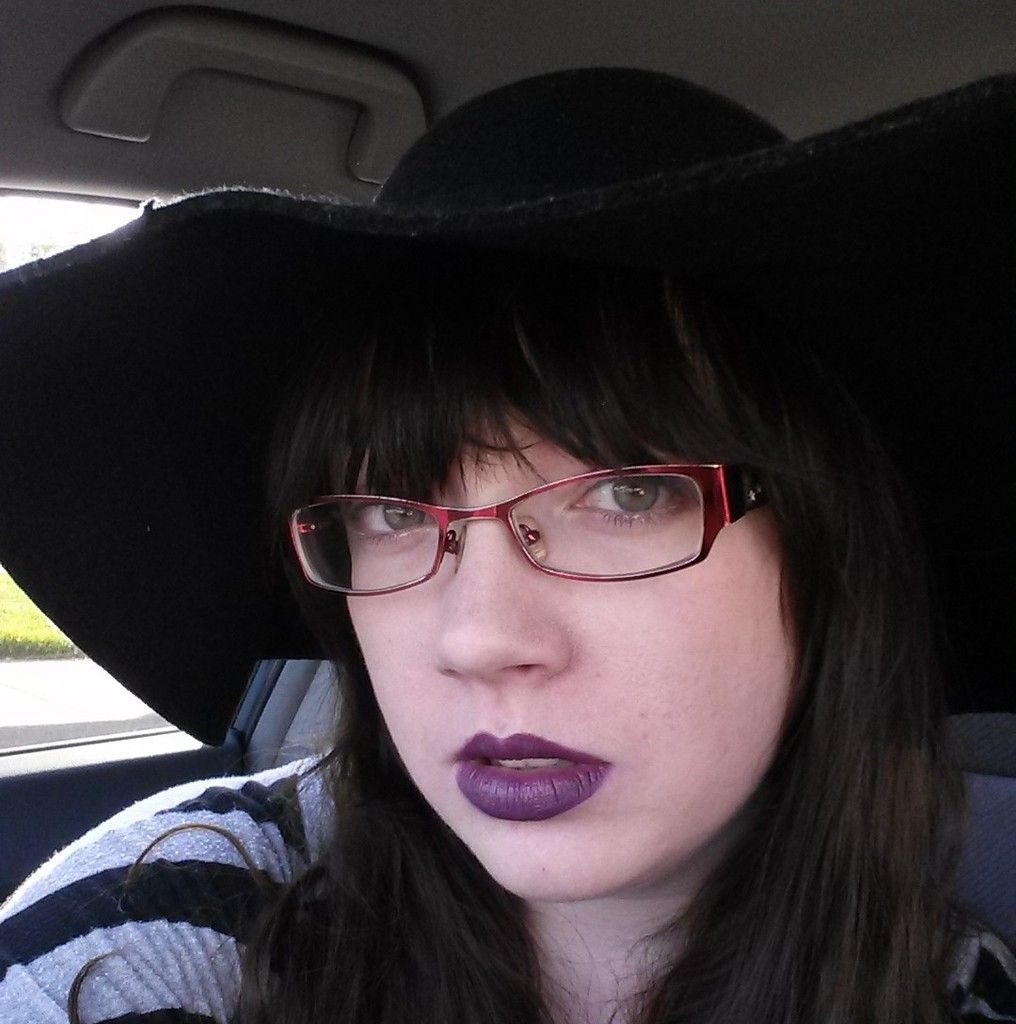Hey everyone! For this week's Technique Tuesday, I have another time-saving sewing machine foot, the overcast foot. If you don't have a serger to finish off the raw edges of your fabric, this foot is a great alternative! I love using an overcast foot for small projects when I don't feel like pulling out my serger is worth it.
This is generally what an overcast foot looks like. The bar going through the center of the foot allows the stitch to go off the fabric and finish the raw edge.
On your sewing machine, there are usually a couple of options to choose from. I'm using a Viking sewing machine for this tutorial so my machine selected the left stitch for my fabric type. You can also use a plain zigzag stitch or 3-step zigzag stitch, but do a few turns with the hand wheel to be sure your needle won't hit the overcasting foot.
After selecting your stitch, line up your fabric edge with the overcasting bar.
Once your fabric is lined up you can start sewing. There are a few things to keep in mind while using this foot. One of the most common mistakes I see is not keeping the fabric edge lined up with the overcasting bar. If you allow your fabric to veer off track, the thread will not wrap around the edge of your fabric! Another thing to keep in mind is that you cannot do a reverse stitch. If your machine has a fix stitch, you can definitely use that, but DO NOT reverse. The thread will get tangled and stuck! Most of the time you will be using this stitch, your fabric ends will be sewn to something else which will keep the stitch from coming undone. The rest of the time you are using this stitch will probably be for hems. When using this stitch for hems, wait to use this stitch until your garment is sewn up. This way you will be sewing "in the round" and can overlap the beginning and end of your stitch.
Here is what my finished overcast looks like! If you are doing a very narrow seam, you can use the 4 stitches pictured earlier to an overcast with seam. The width of the seam you will be able to do will vary with each machine and foot so experiment a bit and see what you can come up with!
So tell me, what stitches on your machine do you usually avoid?
TAGS :
foot |
machine |
overcast |
sewing |
sewing machine |
technique |
Technique Tuesdays |
TT |
tutorial |
tutorials |









COMMENTS